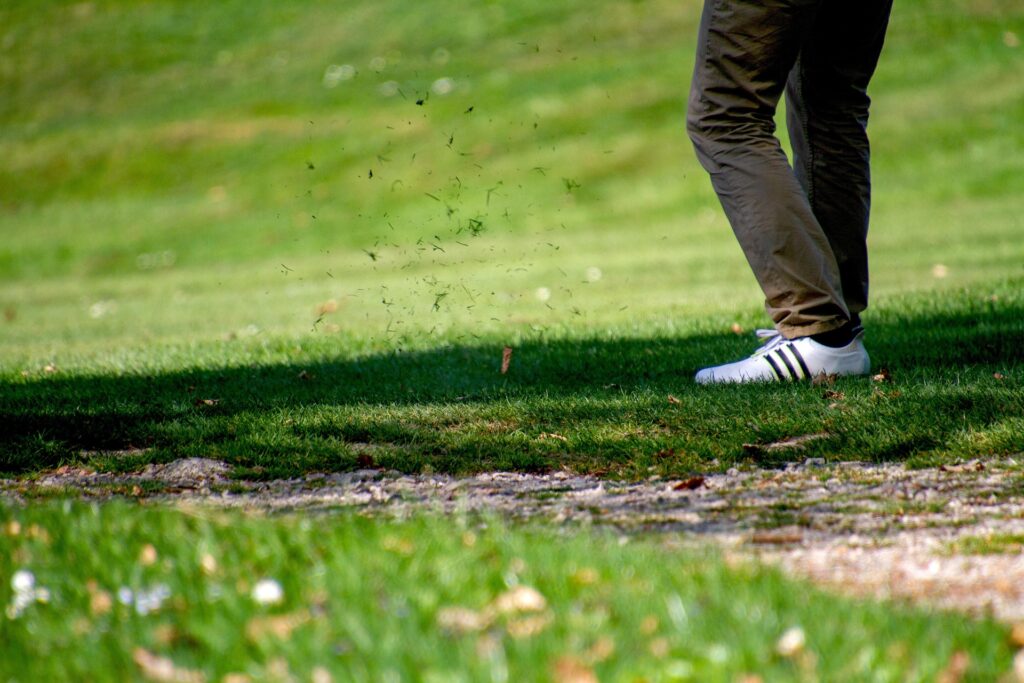
Bethpage Red Course Map Design And History
Bethpage State Park in Farmingdale, New York, is one of the most iconic public golf destinations in the United States. While the Black Course often grabs headlines for hosting major championships, the Bethpage Red Course quietly holds its own as one of the most enjoyable and beautifully designed public courses in the country. This 18-hole gem offers a perfect blend of playability, challenge, and scenic beauty — making it a favorite among both locals and traveling golfers.
In this blog, we’ll explore the map, design, and history of the Bethpage Red Course, highlighting what makes it so special in the world of golf.
A Quick Introduction to Bethpage State Park
Bethpage State Park is home to five golf courses — the Black, Red, Blue, Yellow, and Green. Designed to offer something for everyone, these courses have become synonymous with public golf excellence in America.
The Red Course, in particular, is often considered the most balanced of the five. It offers a strong layout that challenges low-handicap players while still being fair for recreational golfers. The combination of thoughtful design, rolling terrain, and classic parkland beauty makes it a must-play for anyone visiting Long Island.
The History of Bethpage Red Course
The Bethpage Red Course was designed by the legendary golf course architect A.W. Tillinghast and opened in 1935. Tillinghast was already famous for designing some of America’s greatest courses, including Baltusrol, Winged Foot, and San Francisco Golf Club. His work at Bethpage reflected his philosophy of strategic golf — where every shot should present both risk and reward.
Originally, the Red Course was part of the ambitious plan to create a world-class public golf facility under the direction of the Works Progress Administration (WPA). This was a time when golf was mostly a sport for private clubs, and Bethpage was one of the first large-scale efforts to make high-quality golf available to everyone.
The Red Course quickly gained popularity among local golfers because of its challenging design and excellent conditioning. Over the decades, it has remained a staple of New York’s golf scene, maintaining Tillinghast’s original vision while incorporating subtle updates to keep up with modern play.
The Design Philosophy
Tillinghast’s design for the Red Course emphasizes strategy, placement, and shot variety. Unlike the punishing Black Course, which demands distance and precision, the Red Course rewards smart play and creativity.
Here are a few defining features of the design:
-
Tree-Lined Fairways: The course’s parkland style is defined by mature trees that shape the fairways and add visual definition to each hole.
-
Strategic Bunkering: Tillinghast’s bunkers are not just obstacles; they guide the player’s decision-making. Positioned to challenge aggressive lines, they encourage golfers to think before they swing.
-
Rolling Terrain: The Red Course is built on gently rolling land, offering natural elevation changes that add interest without being overly severe.
-
Classic Green Complexes: The greens are slightly smaller than those on the Black Course, but they are well-contoured, offering plenty of subtle breaks and slopes.
-
Playable but Demanding Layout: The Red Course stretches over 7,000 yards from the back tees, making it long enough to challenge advanced players but still fair for mid-handicappers.
Tillinghast’s genius was in his ability to make a course feel natural, as though it had always been there. The Red Course is a perfect example of this — it flows beautifully through the landscape without feeling forced or artificial.
Hole Highlights
While every hole on the Bethpage Red Course has character, a few stand out for their beauty and challenge:
-
Hole 1 – Par 4: A dramatic uphill opening hole that immediately introduces golfers to the course’s rolling topography. Accuracy off the tee is critical.
-
Hole 4 – Par 5: One of the most scenic holes, featuring fairway bunkers that tempt long hitters to take risks.
-
Hole 7 – Par 3: A picturesque short hole with a deep green-side bunker and a sloping putting surface that demands precision.
-
Hole 12 – Par 4: A classic Tillinghast design, with a dogleg fairway and a green guarded by bunkers that punish careless approaches.
-
Hole 18 – Par 4: A memorable finishing hole that rises gently to a well-bunkered green near the clubhouse — the perfect way to end a round.
Bethpage Red Course Map Overview
The Bethpage Red Course map showcases its flowing layout through the natural landscape of Long Island. The holes weave through tree-lined corridors and open meadow areas, offering both visual beauty and variety in play.
A detailed course map reveals how Tillinghast used elevation, angles, and bunkers to create a rhythm throughout the round. Each hole transitions smoothly to the next, ensuring players remain engaged from start to finish.
For golfers studying the course map before playing, key takeaways include:
-
Favor the right side of fairways on dogleg holes for better approach angles.
-
Pay attention to bunker placement, as many are positioned to catch overly aggressive drives.
-
Be aware of false fronts on greens — several holes reward shots that carry deep into the green rather than landing short.
Having a clear sense of the map layout helps golfers make better strategic decisions and appreciate the design nuances that make the Red Course so timeless.
Restoration and Modern Updates
Over the years, the Bethpage Red Course has undergone several renovations and restorations to preserve Tillinghast’s vision while updating it for modern play. The New York State Parks Department has worked diligently to maintain the classic character of the course.
Recent improvements have focused on:
-
Bunker restoration using original design blueprints.
-
Tree management to restore playing corridors and improve turf health.
-
Tee box extensions to add variety and accommodate different skill levels.
-
Drainage and irrigation upgrades to enhance playability year-round.
Despite these modern touches, the Red Course retains its 1930s charm — a testament to how well Tillinghast’s work has aged.
Playing Experience
Golfers who play the Red Course often describe it as “challenging but fair.” It lacks the intimidation factor of the Black Course but still demands solid shot-making. The fairways are generous, the greens are true, and the bunkers are beautifully maintained.
What makes the Red Course especially enjoyable is its balance — it tests every club in the bag while offering scoring opportunities for those who play smart. It’s a course where you can challenge yourself without feeling overwhelmed.
Legacy and Reputation
While the Bethpage Black Course has hosted the U.S. Open and PGA Championships, the Red Course remains a local favorite — often praised by golfers as one of the best public courses in the region. It embodies everything that makes golf at Bethpage special: accessibility, beauty, and craftsmanship.
Golf publications frequently rank it among the top public golf courses in New York, and many consider it one of Tillinghast’s most underrated designs.
Final Thoughts
The Bethpage Red Course is more than just the “other course” at Bethpage State Park — it’s a masterclass in golf course design and an enduring symbol of public golf excellence. Its map layout, design philosophy, and rich history make it a must-play for anyone who appreciates classic architecture and strategic golf.
Whether you’re a serious golfer or simply someone who loves exploring the artistry of golf design, the Red Course deserves a place on your list. It’s living proof that great golf doesn’t have to be private — and that timeless design never goes out of style.


